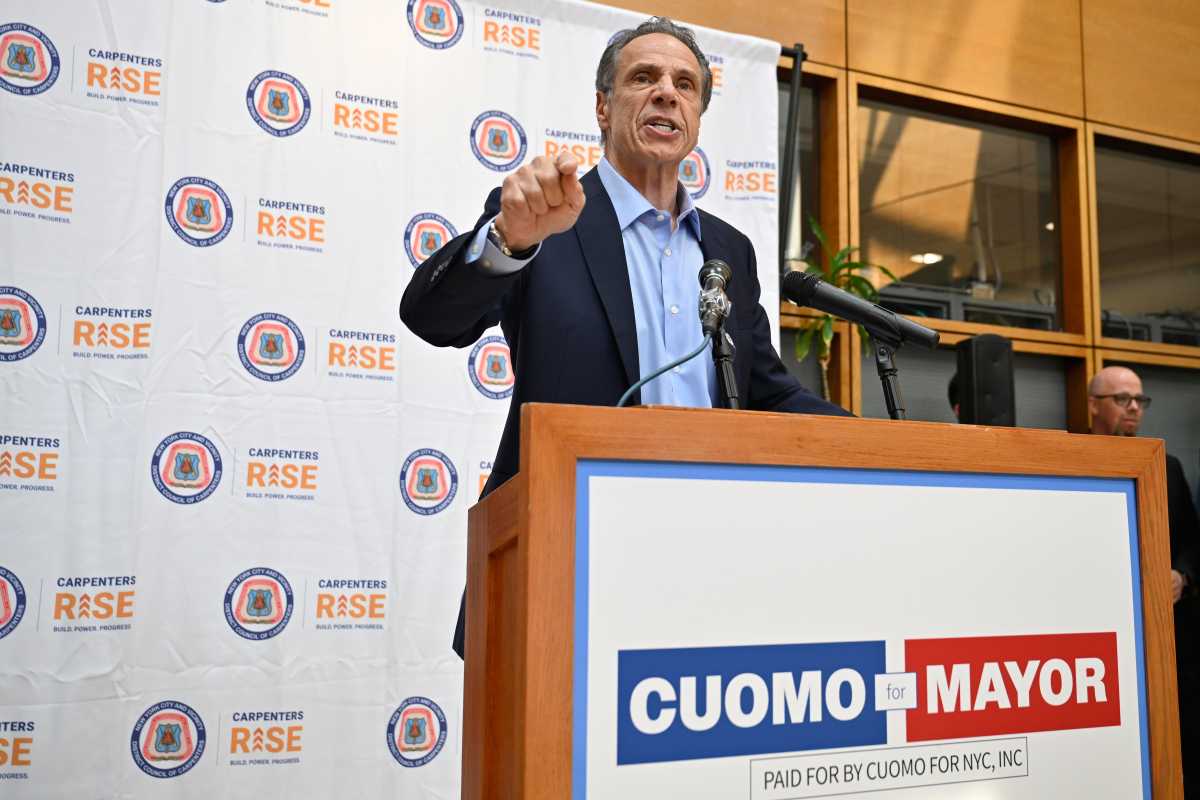In recent years, the American public has become very health conscious-obsessing over calorie counts, searching for organic foods, railing over genetically modified produce and shying away from foods high in fat, cholesterol, sodium and/or sugar.
Though there is great concern about what we eat and drink, we seem to take for granted the myriad medications on the market, both prescription and over-the-counter. Few question the ingredients and long-term effects drugs have on our bodies- and there are even fewer questions as to how these products are made.
Dr. Margaret A. Hamburg, the commissioner of the Food and Drug Administration (FDA), went to India last week to express her growing unease with the safety of Indian medicines because of “recent lapses in quality at a handful of pharmaceutical firms.” These lapses include falsified drug test results and selling fake medicines.
India is presently the second largest exporter of over-thecounter and prescription drugs to the U.S.
Following increased scrutiny of overseas plants, the FDA placed export bans of generic versions of popular medicines- such as the acne drug Accutane, the pain drug Neurontin and the antibiotic Cipro-that the agency declared to be compromised.
It has been 10 years since the last major antibiotic-producing drug manufacturer closed its U.S. factory. According to a 2009 article published in The New York Times, the shutdown was largely blamed on the expense of manufacturing in the U.S., where FDA regulations require stringent inspections.
Reportedly, only 13 percent of prescription drugs are made in the U.S., as compared to 43 percent in China, 39 percent in India and 5 percent in other countries such as Germany, Japan, Poland and Israel.
There is reason to be concerned about overseas medication production. The World Health Organization estimated that one in five drugs made in India are fakes, and a 2010 survey of New Delhi pharmacies found that 12 percent of sampled drugs were unauthentic.
Things are not much better in China, as the FDA’s efforts to increase inspections there have been stymied by the Chinese government. This flies in the face of agreements announced in 2013 during a visit by Vice President Joseph Biden.
The crucial ingredients for nearly all antibiotics, steroids and many other lifesaving drugs are now made exclusively in China. Combined with the incredible U.S. dependence on Chinese imports, the FDA may have little ability to take any action to stop the Chinese government’s obstruction.
Hamburg and the FDA are looking to increase scrutiny on all kinds of ingestible imports-and with good reason. Reportedly, 80 percent of seafood, 50 percent of fresh fruit and 20 percent of vegetables consumed in the U.S. are imported from other countries.
The FDA requires food companies to put the country of origin on food products. With so much medication being imported, it stands to reason that the same rule should apply to drug manufacturers.
In the end, all the junk food in the world can’t do as much damage to the human body as a poisoned pill.



































